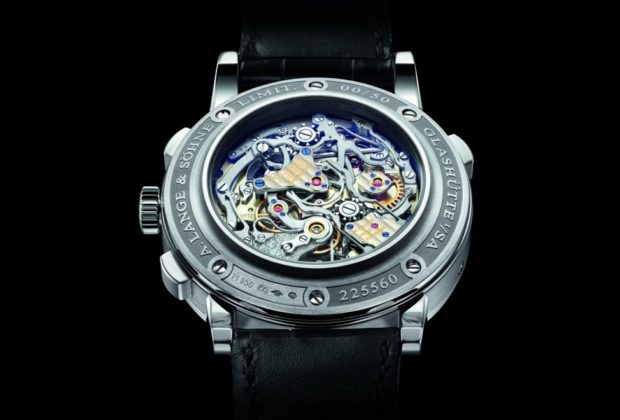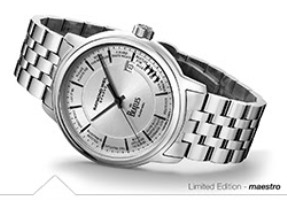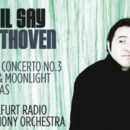
Time and the art of living | Wilhelm Schmid meets Wilhelm Schmid
At a panel discussion at Schloss Proschwitz, Lange CEO Wilhelm Schmid and philosopher and bestselling author Wilhelm Schmid spoke about the careful use of the valuable resource of time.
The coincidentally matching names and shared interest in the topic of time brought together the Berlin “art of life” philosopher and the host Managing Director of A. Lange & Söhne. Wilhelm Schmid and Wilhelm Schmid met at Schloss Proschwitz near Meissen, Germany, to discuss the topic of time. The philosophical debate was moderated by Princess Alexandra of Lippe in a dual role: the publicist and journalist is also the lady of the palace. Philosopher Wilhelm Schmid regards time as having a grid that holds and supports people. He believes that we have to structure time in order to be productive and live a fulfilled life. And that the art of dealing with time is in creating ritual, cyclical time windows. For Lange CEO Wilhelm Schmid, it is the nonstructured periods, which can be freely used, that are among the most valuable times. In his system of the “colours of time”, the philosopher describes these phases as “blue hours” dedicated to rest and regeneration. It is during these phases that visions, dreams and ideas are created. He calls the particularly productive phases “golden hours” and assigns the colour pink to the phases of love. He also claims that we have to accept the unavoidable “grey phases”. And that only by recognising that life largely depends on chance can people enjoy true peace.
The second part of the discussion focussed on the relationship with the past. Following the philosophical finding that life becomes more intense if we consider the wealth of our experiences, Wilhelm Schmid from Glashütte reminded us of the parallel historical development of mobility and timekeeping. This has led to the precise time now being so omnipresent that mechanical watches are no longer really needed, yet, as a result of this, are more appreciated than ever. Wilhelm Schmid from Berlin explained this apparent paradox by creating an analogy between precision watchmaking and art. Like works of art, the handmade mechanical timekeepers are unique and coveted for their rarity.
About A. Lange & Söhne
Dresden watchmaker Ferdinand Adolph Lange laid the cornerstone of Saxony’s precision watchmaking industry when he established his manufactory in 1845. His precious pocket watches remain highly coveted among collectors all over the world. The company was expropriated after World War II, and the name A. Lange & Söhne nearly vanished. In 1990, Ferdinand Adolph Lange’s great-grandson Walter Lange had the courage to relaunch the brand. Today, Lange crafts only a few thousand wristwatches in gold or platinum per year. They are endowed exclusively with proprietary movements that are lavishly decorated and assembled by hand. With 54 manufacture calibres developed since 1994, A. Lange & Söhne has secured a top-tier position among the world’s finest watch brands. Brand icons, such as the LANGE 1 with the first outsize date in a regularly produced wristwatch and the ZEITWERK with its precisely jumping numerals display, rank among the company’s greatest successes.









